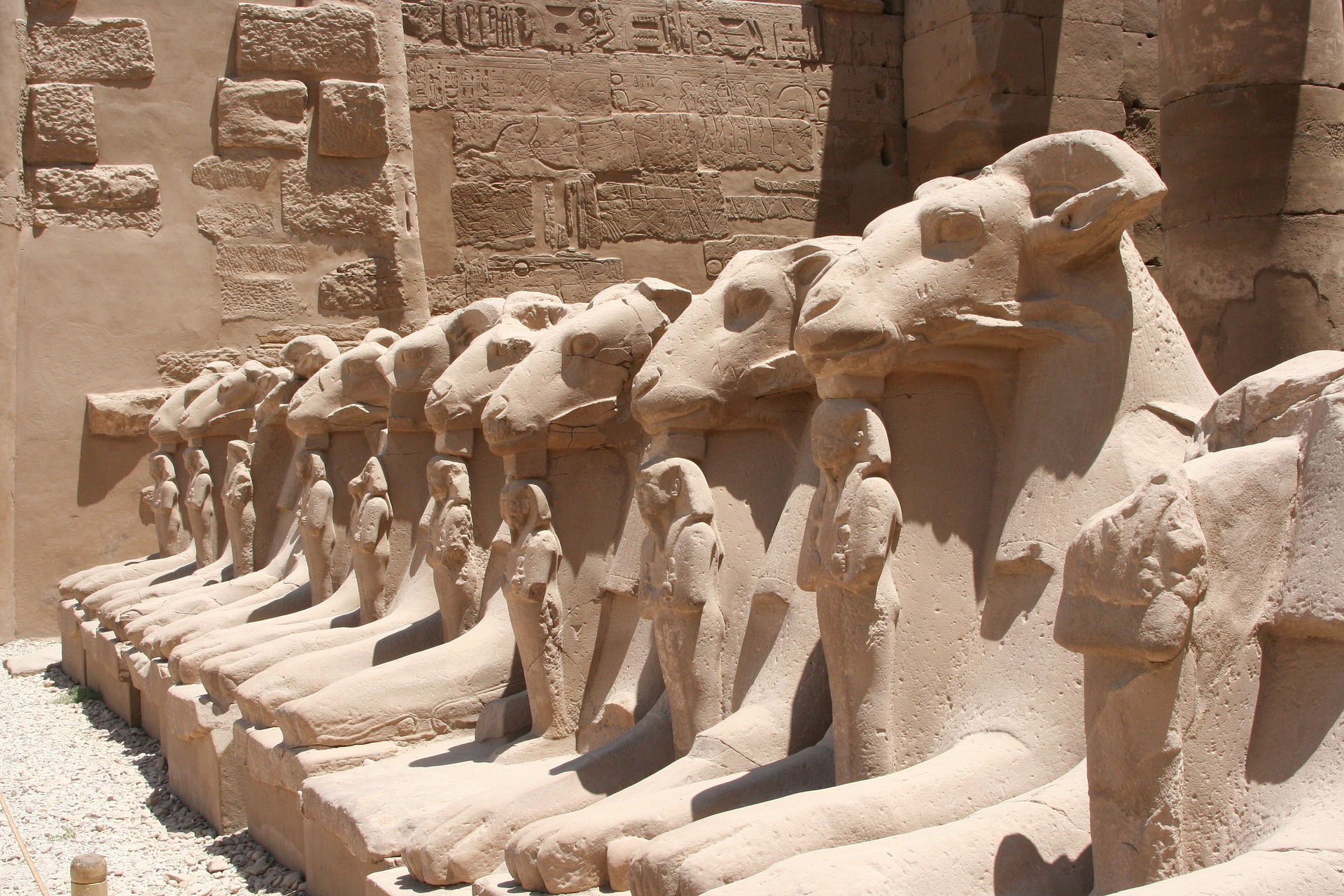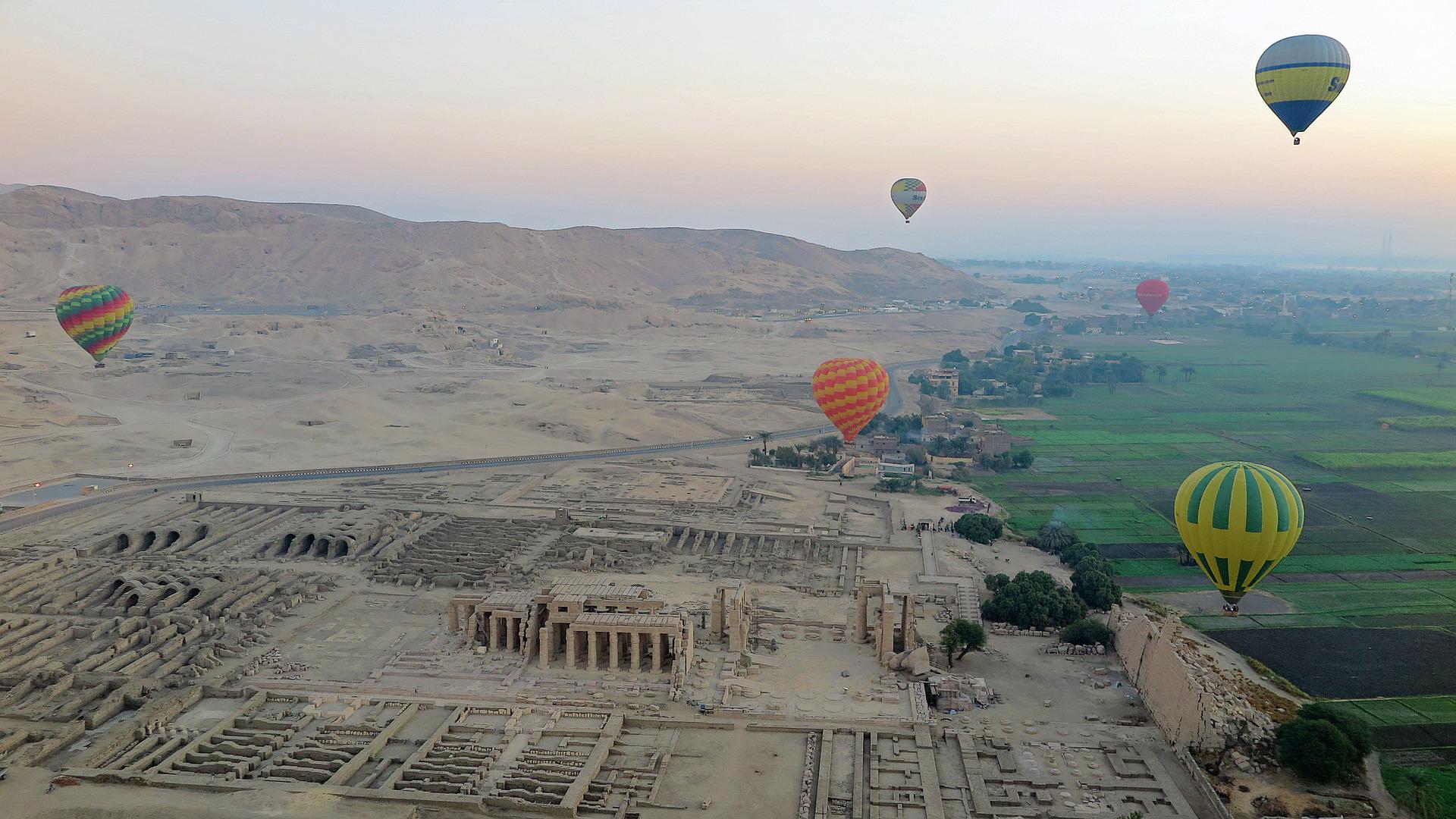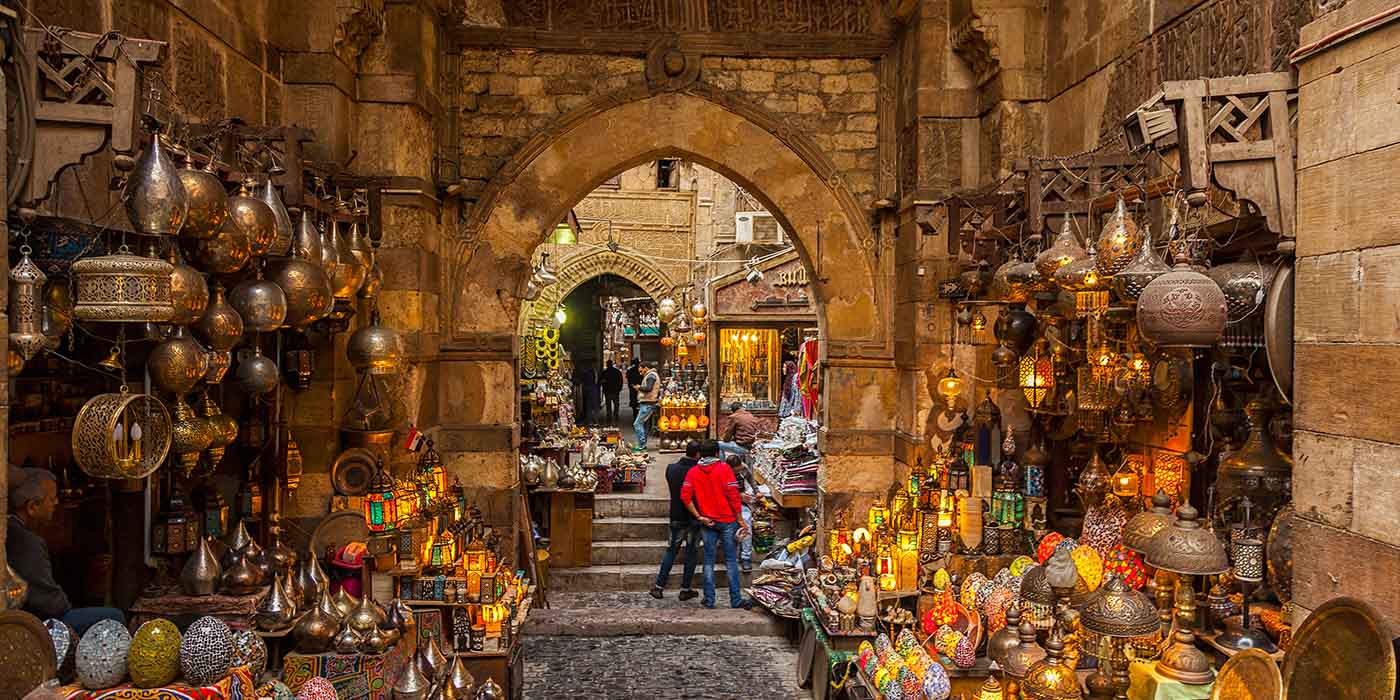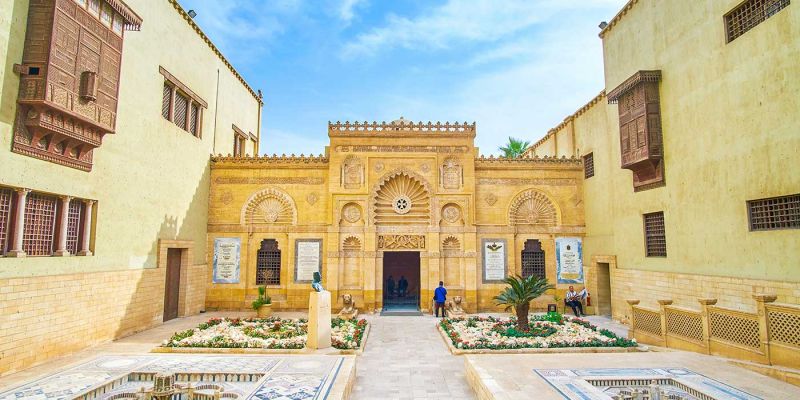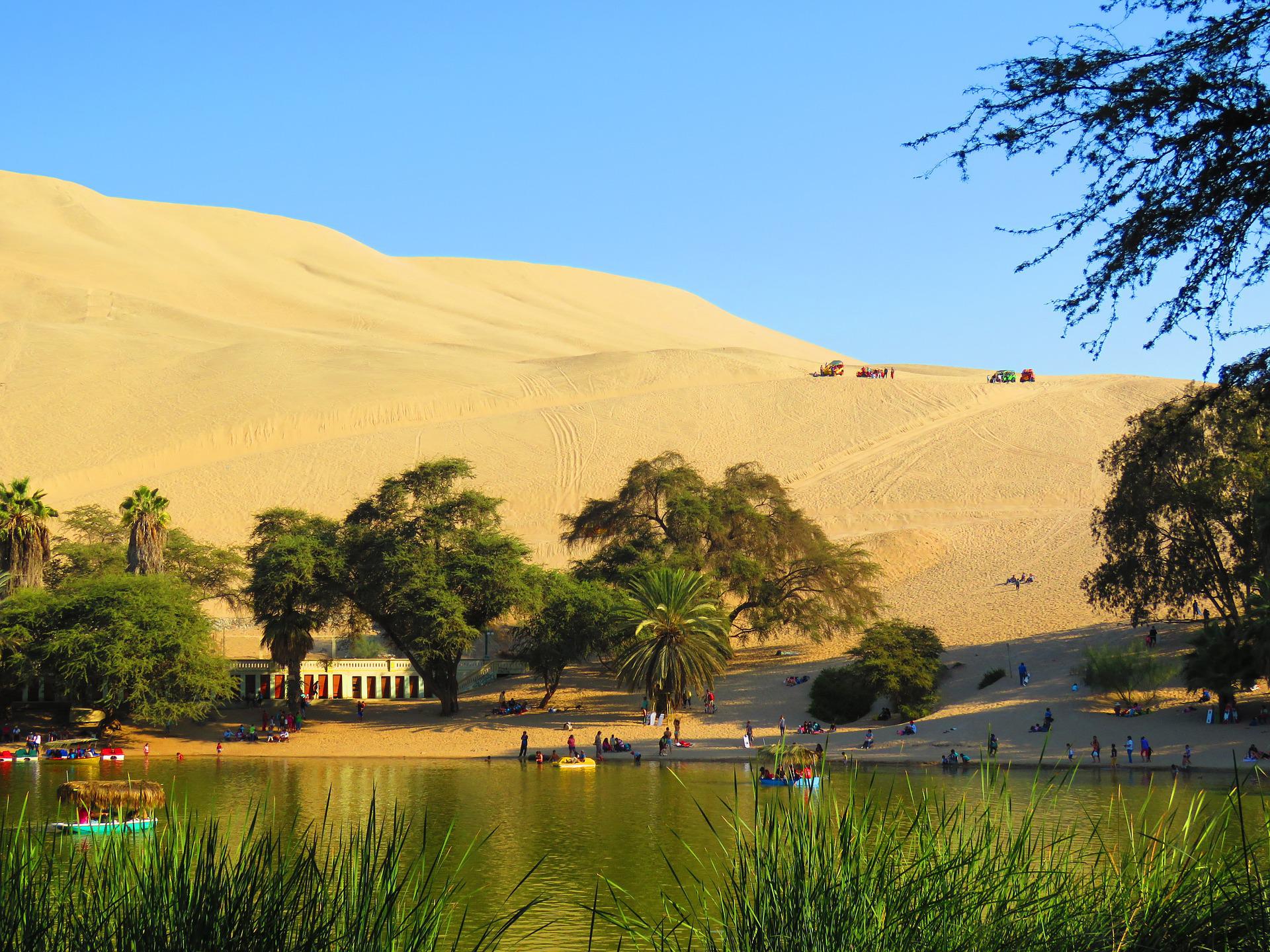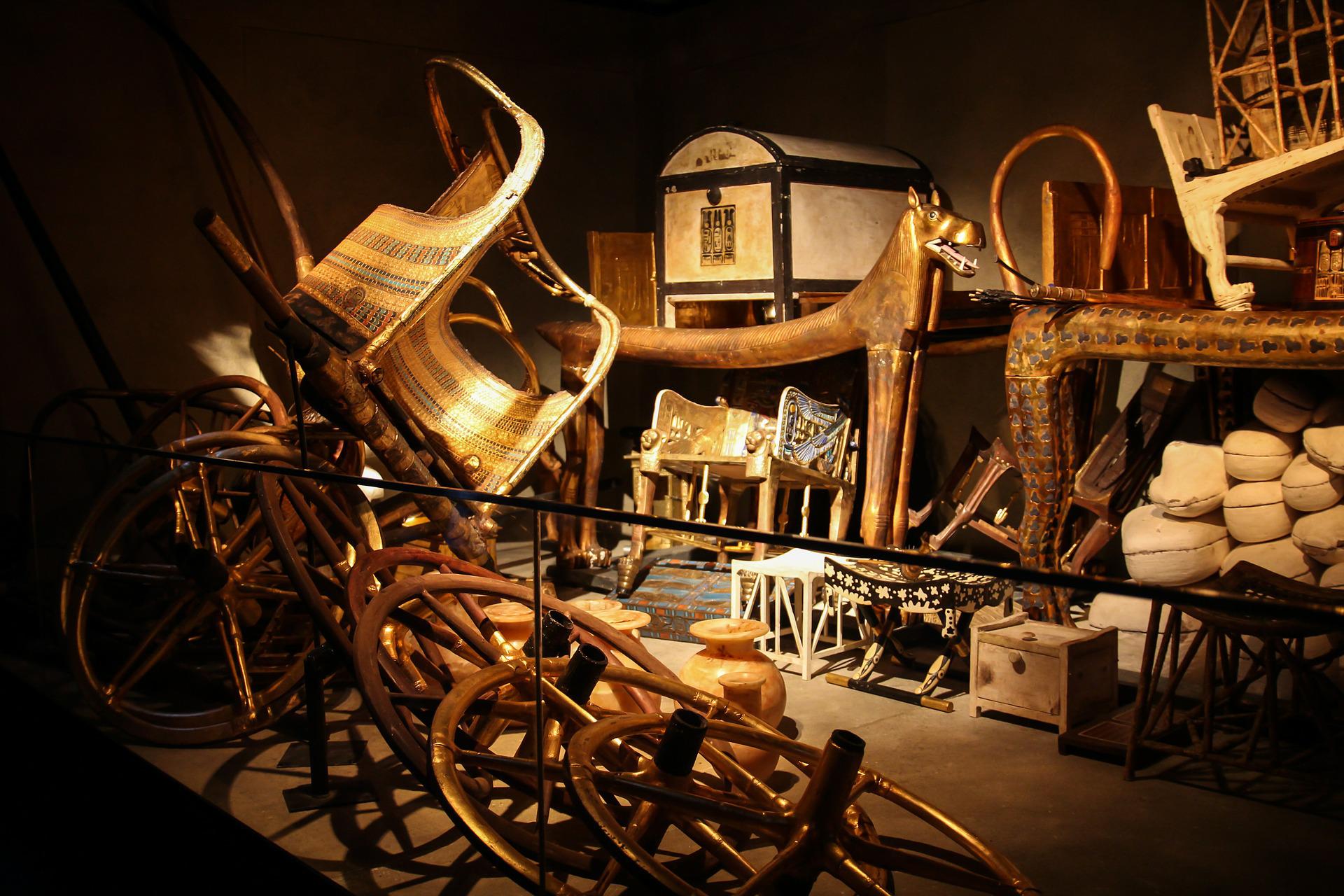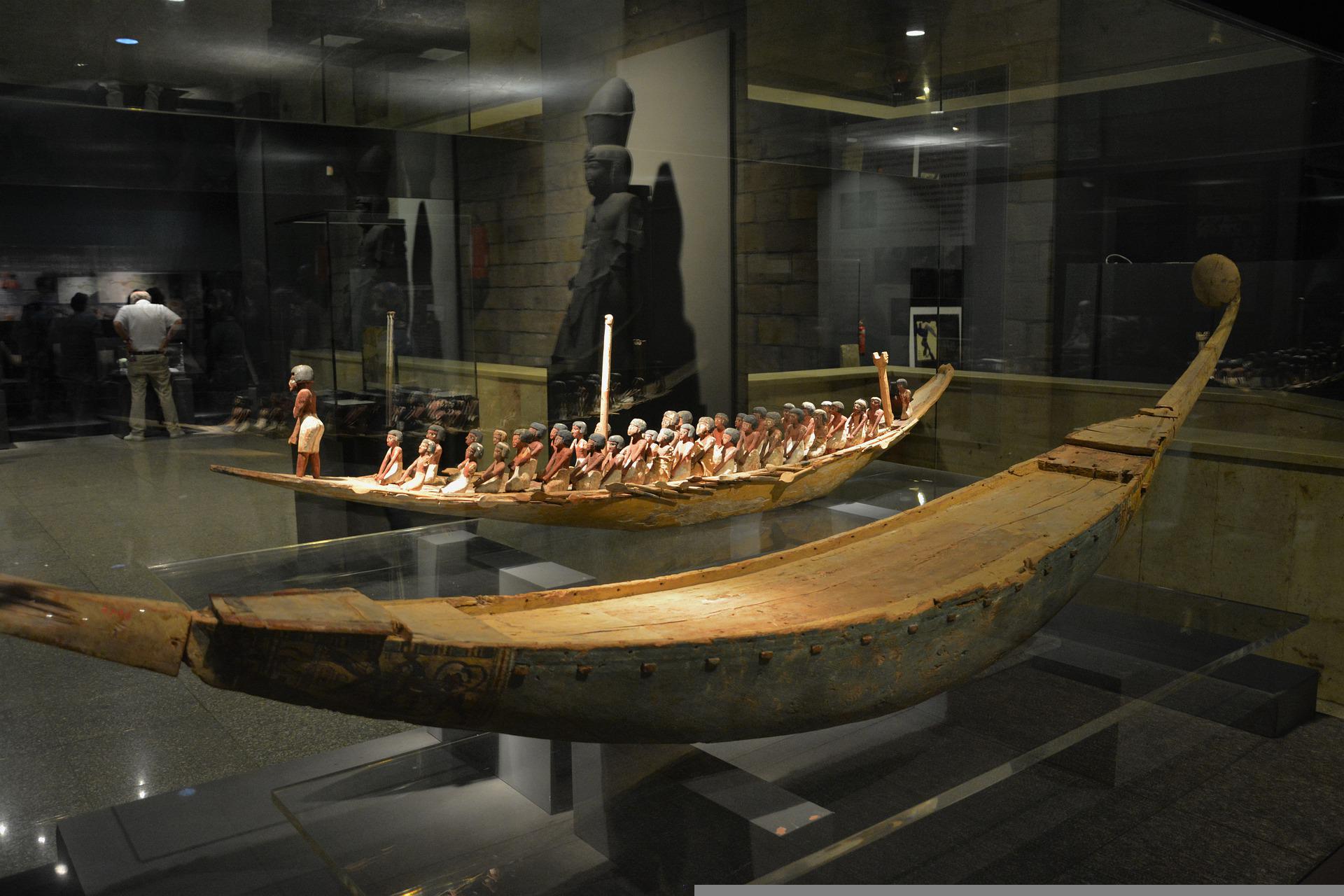
Luxor Temple, Upper Egypt Experience
The Luxor Temple or Ma'bad Al-Aqssour معبد الأقصر in Arabic. The temple was inscribed on the UNESCO World Heritage List in 1979.
Luxor Temple is known as one of the largest Ancient Egyptian temple complexes located on the east bank of the Nile River and one of the two primary temples on the east bank, with the Karnak Temple, to which it was once linked with a processional way bordered with sphinxes.
Luxor Temple is known as Ipet‑resyt “Southern Sanctuary” in the Egyptian language, constructed approximately 1400 BCE.
In a difference from other temples in Thebes, it is not dedicated to a cult god or a deified version of the pharaoh in death, however, Luxor temple is dedicated to the rejuvenation of the different Kings' coronation/kingship over Egypt's throne.

The oldest existing structure, a shrine, dates to the reign of Hatshepsut (c.1473–1458 BC). The core of the temple was built by Amenhotep III (c.1390–1352 BC). One of the inner rooms contains a series of scenes that are known as the Divine Birth. They tell the amazing story of how the king’s true father was none other than the god Amun himself. The core of the temple is preceded by a columned hall fronted by a courtyard with columns around its perimeter. Amenhotep III also built the Great Colonnade, which consists of two rows of seven colossal columns. Its decoration, most notably the scenes depicting the Opet Festival, was completed by Tutankhamun (c.1336–1327 BC) and Horemheb (c.1323–1295 BC). Ramesses II (c.1279–1213 BC) made many additions to Luxor Temple.

The oldest evidence for this temple dates to the Eighteenth Dynasty (c.1550–1295 BC), with chapels built by Amenhotep III of the 18th Dynasty, and Alexander.
Other parts of the temple were built by Tutankhamun and Ramesses II. During the Roman era, a legionary fortress was built to be the home of the Roman government in the area.
Again in the Roman period, a chapel inside the Luxor Temple originally dedicated to the goddess Mut was transformed into a Tetrarchy cult chapel and later into a church.
The Opet Festival
This is because Luxor Temple was the main venue for one of the most important ancient Egyptian religious celebrations,
when the cult images of Amun, his wife Mut, and their son, the lunar god Khonsu, were taken from their temples in Karnak,
and transported in a grand procession to Luxor Temple so they could visit the god that resides there, Amenemopet.
The Opet festival (the Beautiful Festival of heb nefer en Ipet) is celebrated in Thebes annually, in the New Kingdom, and later within the flooding of the Nile periods (season of Akhet).
The festival used to be celebrated to promote the Fertility of Amun-Re and the Pharaoh, as a spiritual offspring of Amun-Re (the Son/Daughter of Amun-Re).
The Festival included a ritual procession of the Barque (a ceremonial boat that was used to transport statues of gods and deities) of the cult statue of “Amun-Re, the supreme god, his wife, Mut, and his son, Khons.”
The procession carried the statue for 2 km from Karnak Temple to “Luxor Temple, the destination of the Opet Feast”
Once at the Luxor Temple, a ritual marriage ceremony between the Pharaoh and Amun-Re took place in the Birth room, spiritually linking them to ensure the Pharaoh’s fertility and reinstate the Pharaoh as the intermediary between the gods and Egypt.
During the marriage ceremony, the Pharaoh was ceremoniously reborn through a re-crowning ceremony, emphasizing the fertile nature of the Pharaoh and legitimizing his divine right to rule.
The ancient festival has been survived by the present-day feast of Sheikh Yūsuf al-Haggāg, an Islamic holy man whose boat is carried around Luxor in celebration of his life.
